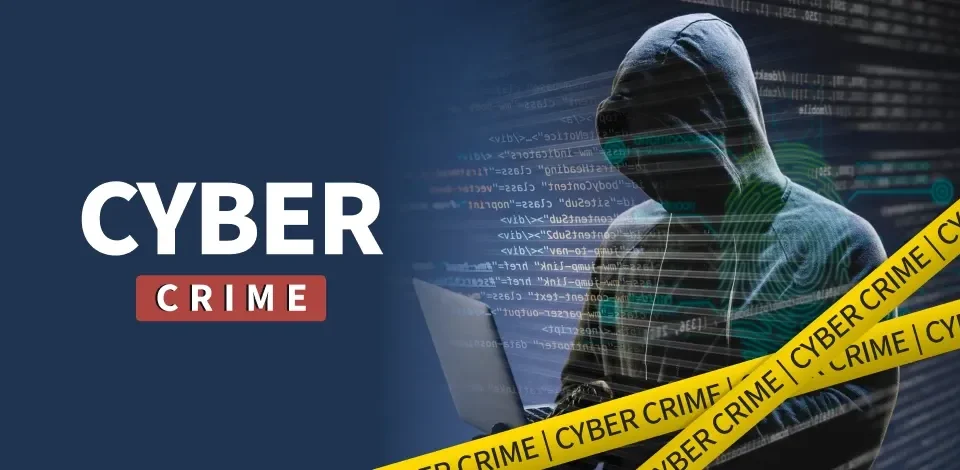
A Comprehensive Guide to Offensive Security (OffSec)
March 17, 2025
Two-Factor Authentication Day: A Call for Stronger Cybersecurity
March 17, 2025The Evolution of Email Threats
The landscape of email threats has undergone significant evolution over the years, particularly driven by advancements in technology and the increasing sophistication of cybercriminal tactics. Initially, early forms of email threats included simple scams and spam messages that targeted unsuspecting users with blatant requests for personal information or financial details. However, as users became more educated about these tactics, attackers adapted their methods, leading to the emergence of more complex phishing schemes. These modern phishing attempts frequently employ social engineering techniques designed to exploit human psychology, making them harder to detect.
In recent years, the proliferation of malware through email has also escalated. Attackers now utilize sophisticated techniques to disguise malicious software within seemingly legitimate attachments or links. This includes the use of file types that are not immediately recognizable as harmful, thereby circumventing traditional email security filters. The stealthy nature of ransomware, which can immobilize user systems and demand payment for data recovery, exemplifies the severity of email-borne threats today.
Furthermore, targeted attacks, such as Business Email Compromise (BEC), demonstrate the strategic planning behind many modern cyber threats. In BEC attacks, criminals impersonate key individuals within an organization to mislead employees into transferring funds or divulging sensitive information. This evolution of email threats underscores the growing need for advanced email analysis techniques. As spam filters and antivirus programs struggle to keep pace, organizations are compelled to invest in cutting-edge solutions that can accurately identify and respond to emerging threats.
The dynamic nature of email security means that researchers and security professionals must remain vigilant and adaptive. By comprehensively understanding the evolution of email threats and the innovative tactics employed by cybercriminals, individuals and organizations can better prepare for and mitigate the risks associated with suspicious emails in 2025 and beyond.
Current Tools and Techniques for Suspicious Email Analysis
In 2025, the landscape of Suspicious Email Analysis (SEA) is characterized by an array of sophisticated tools and techniques designed to counteract the ever-evolving threats posed by malicious emails. One of the forefront solutions includes advanced software systems that leverage machine learning algorithms to detect patterns indicative of phishing and other forms of email-based attacks. These tools are designed to not only identify known threats but also to adapt to new, previously unencountered tactics employed by cybercriminals.
Machine learning plays a pivotal role in enhancing email security protocols. By analyzing vast datasets of legitimate and malicious emails, these algorithms can identify subtle variations that human analysts might overlook. This capability is crucial, as attackers continuously refine their strategies to evade traditional security measures. Furthermore, artificial intelligence (AI) approaches are increasingly being integrated into SEA. AI-driven systems can automate the process of threat detection and response, significantly reducing the time required to neutralize a potential threat.
Organizations are now adopting multi-layered security frameworks that encompass these advanced tools. Implementing a combination of real-time email filtering, automated incident response systems, and user awareness training ensures a comprehensive defense against email threats. Best practices for email security management have also evolved, emphasizing the importance of regular software updates and the integration of threat intelligence into existing systems. This proactive stance not only fortifies an organization’s security posture but also minimizes the risk of successful attacks.
As we continue to navigate the complexities of 2025, the significance of employing state-of-the-art tools and techniques in Suspicious Email Analysis cannot be overstated. Organizations must remain vigilant, adapting their strategies in alignment with the latest technological advances to safeguard against emerging email threats effectively.
Future Trends in Email Security
The landscape of email security is set to evolve significantly beyond 2025, driven by technological advancements and the growing sophistication of cyber threats. One of the key emerging trends is the increasing role of automation in email analysis. Machine learning algorithms and artificial intelligence will enable systems to analyze patterns in email traffic more swiftly and accurately. Automated solutions will provide timely responses to potential security threats, reducing reliance on human intervention and enhancing overall efficiency. As these tools become more sophisticated, they will allow organizations to proactively identify and mitigate risks related to phishing and other malicious activities.
Furthermore, quantum computing is poised to revolutionize encryption methods utilized in email security. With the capability to solve complex problems exponentially faster than classical computers, quantum technology can effectively challenge traditional encryption standards. As this technology develops, organizations will need to invest in quantum-resilient encryption protocols to safeguard their email communications. This shift will necessitate a reevaluation of current security frameworks, enabling companies to better protect sensitive information from potential breaches.
Additionally, evolving regulatory frameworks will play a crucial role in shaping email security practices. As governments and organizations implement stricter data protection laws, businesses must adapt their email security measures to comply with new regulations. This will likely lead to an increased emphasis on end-to-end encryption, data minimization, and transparency in email handling procedures. Organizations must remain vigilant in monitoring regulatory changes to ensure their email systems align with legal standards.
Despite advancements in email security technology, cybercriminals are expected to adapt their tactics continuously. As effective security measures are developed, malicious actors will likely leverage new vulnerabilities associated with automation and quantum computing. Thus, the need for adaptive security strategies will be paramount in combating emerging threats and ensuring the integrity of email communications in the evolving digital landscape.
Case Studies and Real-World Applications
Suspicious Email Analysis (SEA) has become an imperative strategy across various industries for identifying and mitigating email-based attacks. Case studies from several organizations illustrate the effectiveness of SEA in preventing potentially catastrophic incidents. For instance, a major financial institution implemented an advanced SEA system that successfully intercepted a sophisticated phishing campaign targeting clients’ bank details. By integrating machine learning algorithms that analyzed historical email threats, the institution was able to identify suspicious patterns and prevent significant monetary loss.
Similarly, a healthcare provider adopted SEA to protect sensitive patient information from ransomware attacks. The organization established a multi-layered email security framework, which included SEA as a core component. By continuously monitoring and analyzing email traffic, they identified malicious emails containing encrypted attachments that mimicked internal communications. The swift detection of these threats enabled the healthcare provider to block the attacks before they compromised its systems, safeguarding invaluable patient data.
However, not every incident has ended with a successful outcome. Some organizations have experienced significant breaches due to inadequate SEA practices. A notable example involves a large retailer that fell victim to a successful email spoofing attack. Despite having basic email filters, the company overlooked the necessity of comprehensive SEA procedures. This oversight resulted in a substantial data breach affecting millions of customers. The incident highlights critical lessons learned: the need for continuous vigilance and regular updates to email security protocols in response to evolving threats.
The real-world applications of Suspicious Email Analysis demonstrate its essential role in combating email-based attacks across various sectors. Organizations can enhance their defenses by adopting rigorous SEA practices, continually adapting to emerging threats while ensuring staff training on identifying suspicious emails. Such proactive measures contribute to a more secure email environment, substantially reducing security risks in an increasingly digital world.




